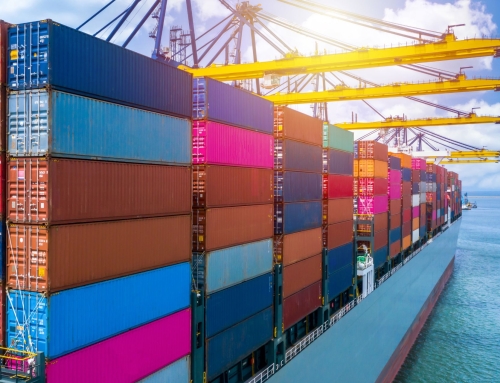As many of you are already aware, drawback is bracing for the largest substantial changes in the program’s history. The transition to the Automated Commercial Environment and the introduction of new regulations for the Trade Facilitation and Trade Enforcement Act (TFTEA) are scheduled to be effective for the industry on 2/24/2018. Two years ago, CBP formed a Customs-Trade ACE Working Group which included our firm, and we are working with CBP to see these changes through. This Working Group recently met in Virginia to review upcoming changes to the Drawback CBP and Trade Automated Interface Requirements (CATAIR) for TFTEA. While that meeting did not involve CBP sharing specifics of the upcoming regulations, the discussion of various programming points in the CATAIR identified positions that might emerge in the proposed regulations. Please note that none of these positions are final, but they are possible outcomes that we might see in the new regulations and, to some degree, are already implicated in the draft TFTEA Drawback CATAIR.
- It seems likely that a dual calculation system will be implemented by CBP. The way the draft CATAIR is structured appears to support a system in which TFTEA substitution drawback will be calculated using the line item per unit average, while invoice level calculations would be required for direct identification. The current calculations are done at the invoice level, so this is a change from how you claim drawback today. Merchandise on a line item which has previously been claimed using direct identification drawback will not be available for use in substitution, even though the merchandise would otherwise qualify for it under the new law. TFTEA substitution claims made against line items will make the imported merchandise on those line items unavailable for direct identification claims even though the merchandise would be otherwise entitled to other types of drawback.
- CBP is considering a change for old import entries that have previously been claimed. If claimants have claimed imported merchandise under any entry on a drawback claim using the existing law, then any line item on those entries would be unavailable for TFTEA substitution, even if there are line items that have not yet been utilized for drawback. The reasoning is that, because ACS only records drawback claims at the entry level, the ACE system cannot now determine what line item was used in a legacy drawback claim. We are working with other members of the trade to send examples to CBP showing the type of information claimants could provide to the CBP Drawback Specialist demonstrating remaining import balances and which line items were actually claimed in a legacy drawback claim with the hope that CBP will ultimately decide that the elimination of drawback rights is not justified.
- CBP has stated that they have every intention of being able to accept TFTEA claims as of 2/24/18, but there is no guarantee that the regulations or the programming will be ready or available by that time. CBP has indicated that there is a possibility that they may not process TFTEA claims using Accelerated Payment (AP) until regulations are finalized. Trade members of the Working Group pointed out that CBP has previously provided AP even when regulations had not been issued and CBP is taking our thoughts back for further review.
- It appears that the quantity reported by a claimant will need to be in the Unit of Measure (UOM) applicable to the imported HTS line item. The most recent CATAIR draft requires claimants to report export quantity based upon the imported HTS line item quantity and UOM (manufacturing will still need to translate to UOM). If a claimant exports items in pieces, but the import UOM for that line item says KGs, the claimant will have to report export quantity in KGs, even if it’s a fraction of the imported number. This new position will be significant for some industries whose products are routinely reported to CBP today in pieces, but would now need to be listed in somewhat irrelevant units of measure such as kilograms, dozens, pairs, etc. Where the imported HTS does not allow a quantity because it shows an X, CBP did realize that a solution would be required, and more discussion is taking place with CBP to correct for this.
While CBP has taken no specific position on what the regulations will look like in the Notice of Proposed Rulemaking (NPRM), we felt it was important to communicate these possibilities and how they could impact the way you claim drawback. We can assure you that we are expressing our concerns and working with CBP on many issues, including those we listed in this communication. If you have questions about any of the important issues that we outlined today, please reach out to me with my information below and we can talk through the impact together.
Dave Corn
Vice President






